Lost in the labyrinth

Which way out ... the vast hedge maze at Amaze 'n' Place.
Page 1 of 3 Single page view
Hedges, fig trees and even a field of sunflowers enclose maze-goers across the state, writes Rachel Sullivan.
As we dive into the narrow alleys between hedges in hot pursuit of our children for the umpteenth time, we begin to understand why mazes have been so popular for so long: the delicious thrill of getting lost, the strange silence in the heart of the maze and that rush of relief when you eventually emerge blinking into the sunlight. Then we hear our children's screams of delight and realise they've returned to the chase.
Since King Minos built a labyrinth to imprison the mythical minotaur at Knossos on the island of Crete, mazes and labyrinths have drawn thrill-seekers and fired the imaginations of artists. Mazes have appeared on coins and on the walls of caves, and featured in crime novels and film noir. There are pavement mazes on the floors of medieval churches, including one in Chartres Cathedral near Paris.
Probably the most famous maze, however, is the one at Hampton Court Palace near London, which was planted more than 300 years ago by William of Orange. It replaced an orchard planted by Henry VIII with almost a kilometre of winding paths enclosed by tall yew hedges.
Maze building in NSW has a much shorter history and the warmer, drier climate dictates the use of different materials and ideas from enormous patterns carved in fields of sunflowers, to timber constructions whose gates can be opened or closed periodically to change their layout, to alleys of interwoven ornamental figs that are a horticultural curiosity in their own right.
Amaze 'n' Place, Alstonville
At around 2000 square metres, Amaze 'n' Place's see-through, open-structured maze is ideal for families: children can tear along the maze's gavelled pathways to reach the centre tower, while their parents can take a more leisurely approach to penetrating the maze's secrets. It is the only such open-structured maze in the world, according to its owners. The lattice effect was achieved by meticulously weaving together thousands of ornamental fig trees. People visit as much to admire the maze's construction as they do to explore its nooks and crannies. And in the tradition of mazes the world over, riddles are provided to keep adults entertained, while games for children involve puzzles and statues of fairies, dragons, crocodiles and gnomes scattered throughout the paths.
Wardell Road, Alstonville. Adults $12, children and concession $10, families $36. Open daily 10am-5pm. Phone 6628 7518, see amaze-n-place.com.au.
Bago Maze, Wauchope
Part of the Bago Vineyards, this native lilly-pilly hedge maze was planted on Christmas Day 2006 and is still growing. It is expected to open within three years. From above, the maze resembles a bunch of grapes on the vine. Once it reaches full height within the next 18 months, it will be the largest hedge maze in NSW, covering 10,000square metres and with 2000 metres of pathways. The design of the maze has been inspired by the surrounding vineyard and bushland, with some paths spiralling to the centre and other pathways radiating like tendrils to the perimeters of the maze. Two towers are planned and will overlook the hedges, helping walkers to plan their way out. A series of boardwalks and bridges within the maze will add another dimension to the experience for visitors.
Other planned developments around the maze include an amphitheatre, a viewing and picnic deck, garden walks, a cellar and a children's playground. Meanwhile, visitors are welcome to view the maze's progress while enjoying a tipple at the cellar door. Continued…
Shark Maze - Maze of Shark Jaws

Shark Maze - Maze of Shark Jaws
Maze 25:17 - Samuel L. Jackson

Maze 25:17 - Maze portrait of Samuel L. Jackson
Maze of The Maze Artist 2009 - Self Portrait Maze of Y. Frimer

Maze of The Maze Artist 2009 - Self Portrait Maze of Y. Frimer
Maze of a Charging Bull
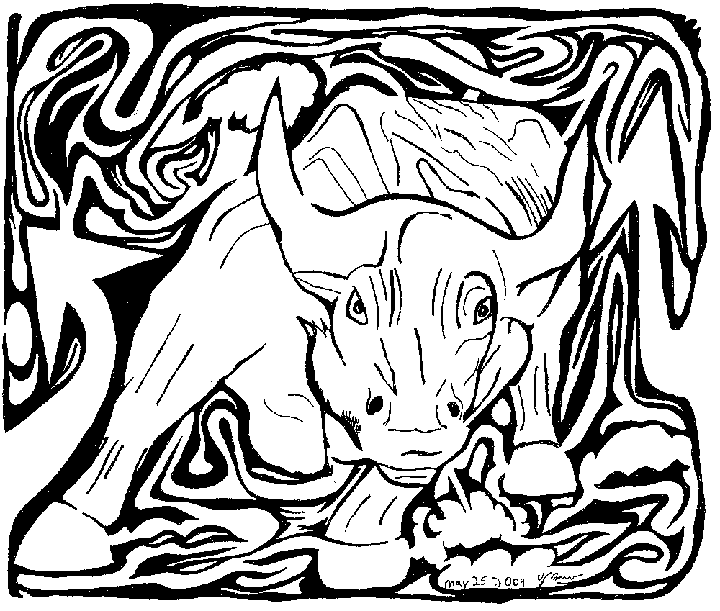
Maze of a Charging Bull
Maze Portrait of Howard Stern

Howard Stern Maze
Larry King Maze

Maze of Larry King from CNN
Blivet, Optical Illusion Maze
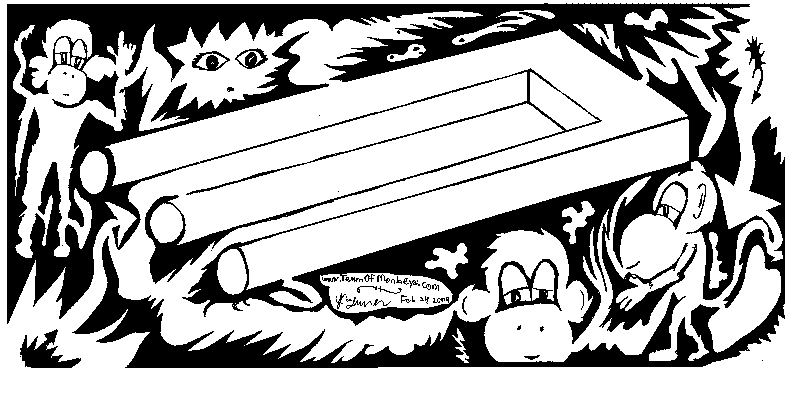
Buy a royalty-free copy of Blivet Maze - 2009, By Yonatan Frimer


















Home Contact About the Artist Portfolio
Maze Page 2 Maze Page 3 Maze Page 4 Maze Page 5
Maze Page 6 Maze Page 7 Maze Page 8 Maze Page 9
top-10 Maze Page Maze Page 11 Maze Page 12 Maze Page 13
Maze of Monkey Illusion - 2009
Optical illusion maze caused by conflicting horizontal and vertical lines.
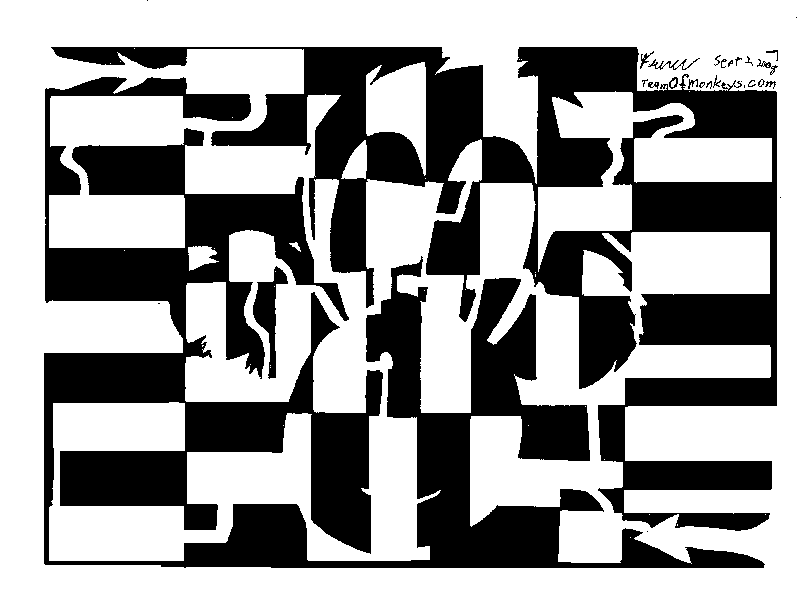
Click to buy Maze of Monkey Illusion for Commercial or editorial use
Maze of 3D Impossible Object - 2009 - By Yonatan Frimer
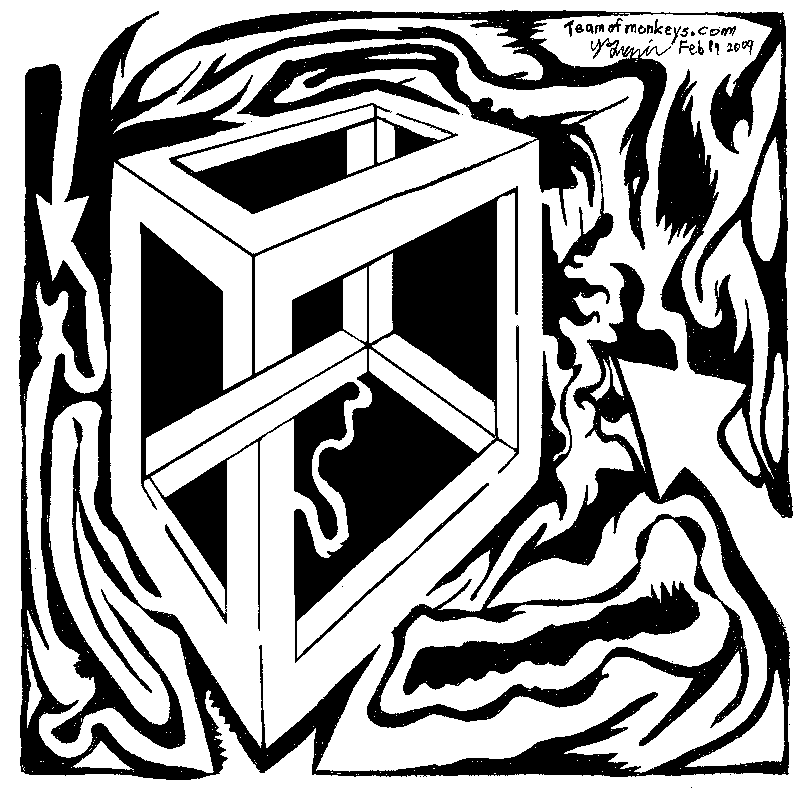
Buy Royalty free Maze Zen Impossible - Yonatan Frimer 2009
For Commercial and Editorial Use
Maze Page 2 Maze Page 3 Maze Page 4 Maze Page 5
Maze Page 6 Maze Page 7 Maze Page 8 Maze Page 9
top-10 Maze Page Maze Page 11 Maze Page 12 Maze Page 13
Ink Blot Mazes
Buy mazes?
Maze Archive
Images Archive Link
Top Ten Maze Links
Hallucamazenic Maze-A-Delic - Ink On Paper, Winter 2006, by Y. Frimer
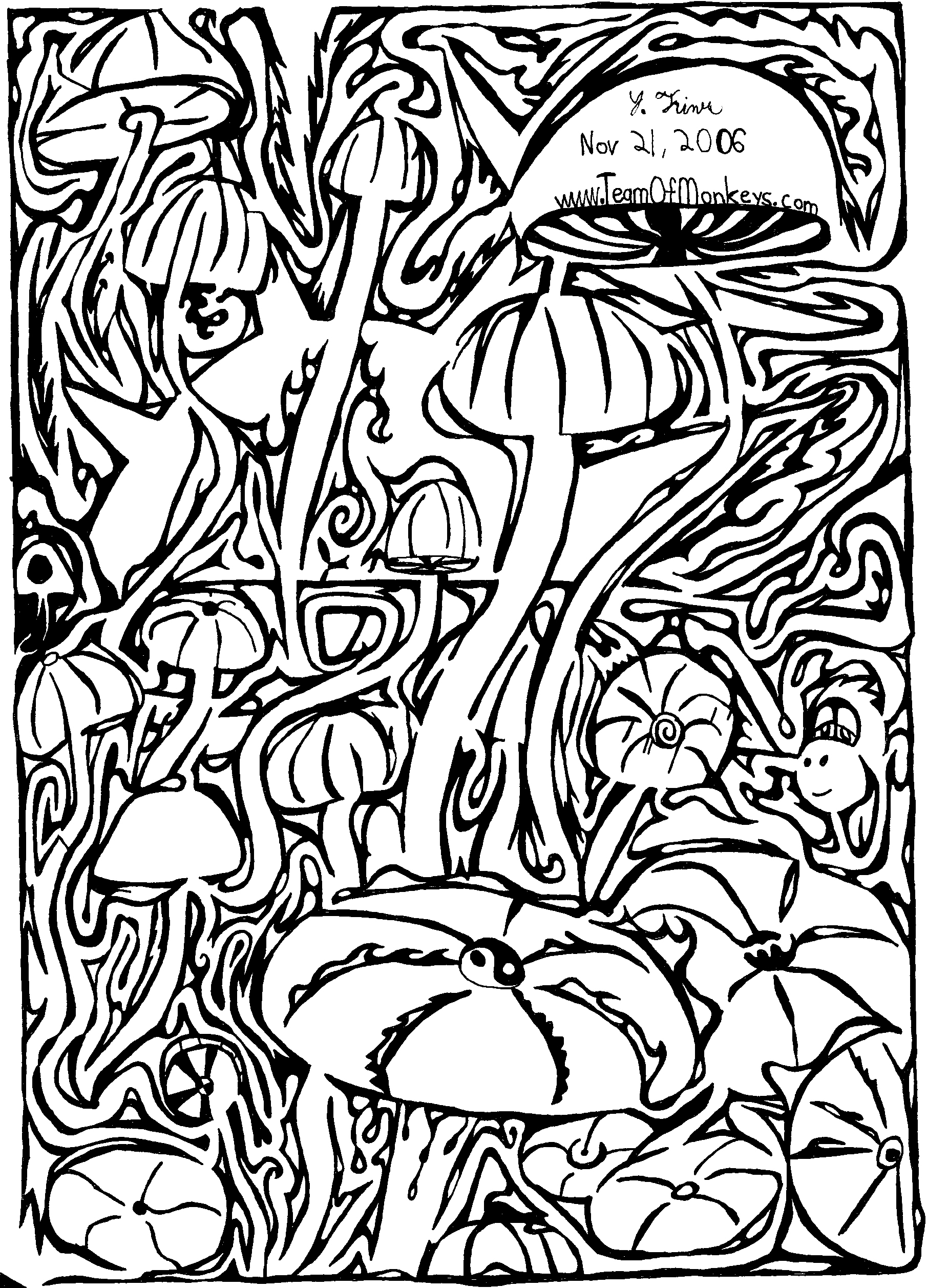
Click here to buy Maze A Delic Royalty Free License - For Editorial and Commericial Use
www.TeamOfMonkeys.com
Your source for mazes.








TeamOfMonkeys.com
                Team Of Monkeys.com Team Of Monkeys.com  Home Contact Info Image Archive 2006 Mazes About The Artist Susan Boyle Mazes Blivet | Yonatan Frimer's Profile Create Your Badge  |
Maze Kong - Ink on Paper
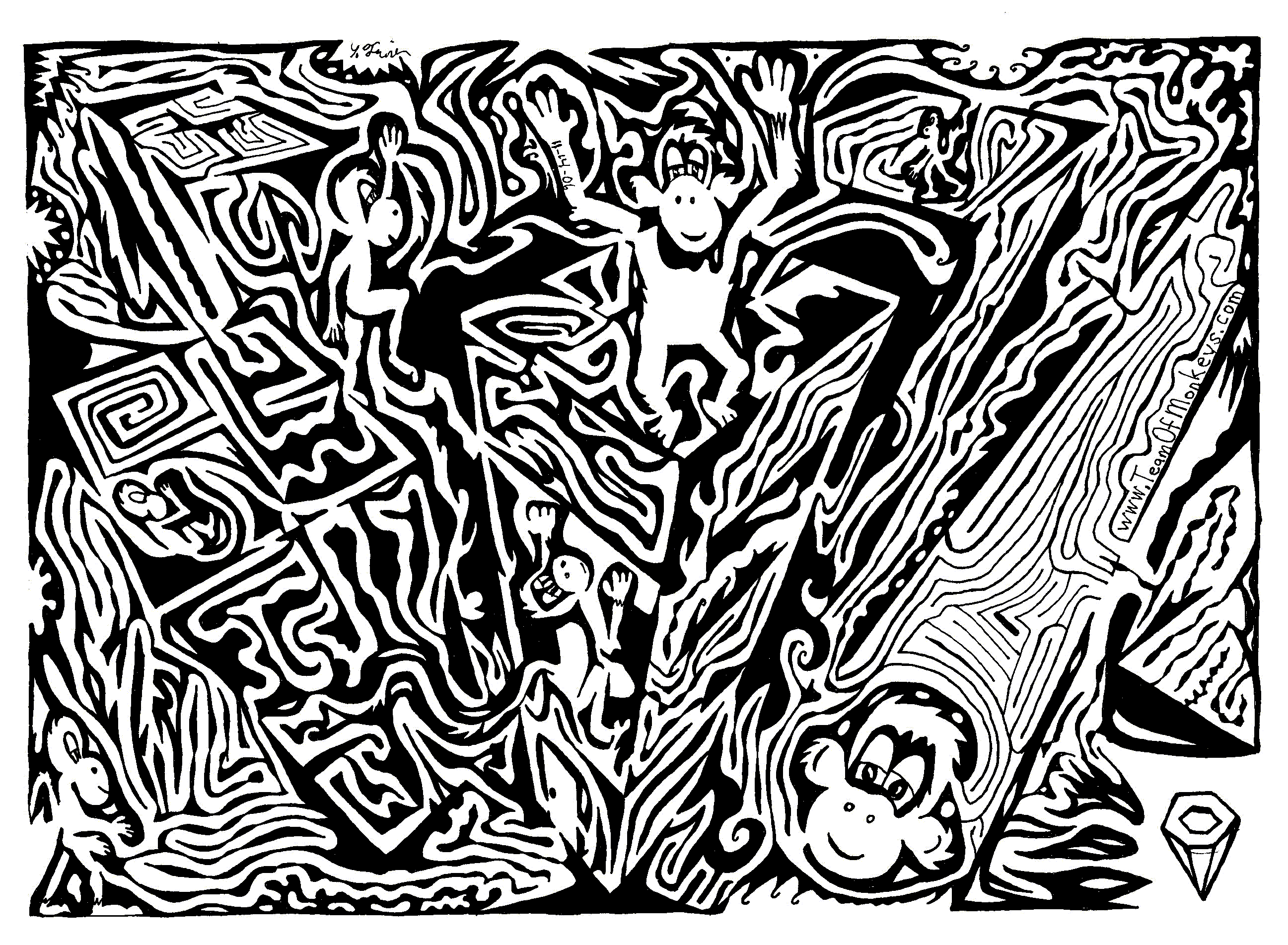
CLICK on any maze to view, print and enjoy. Free.
- Only at TeamOfMonkeys.com -
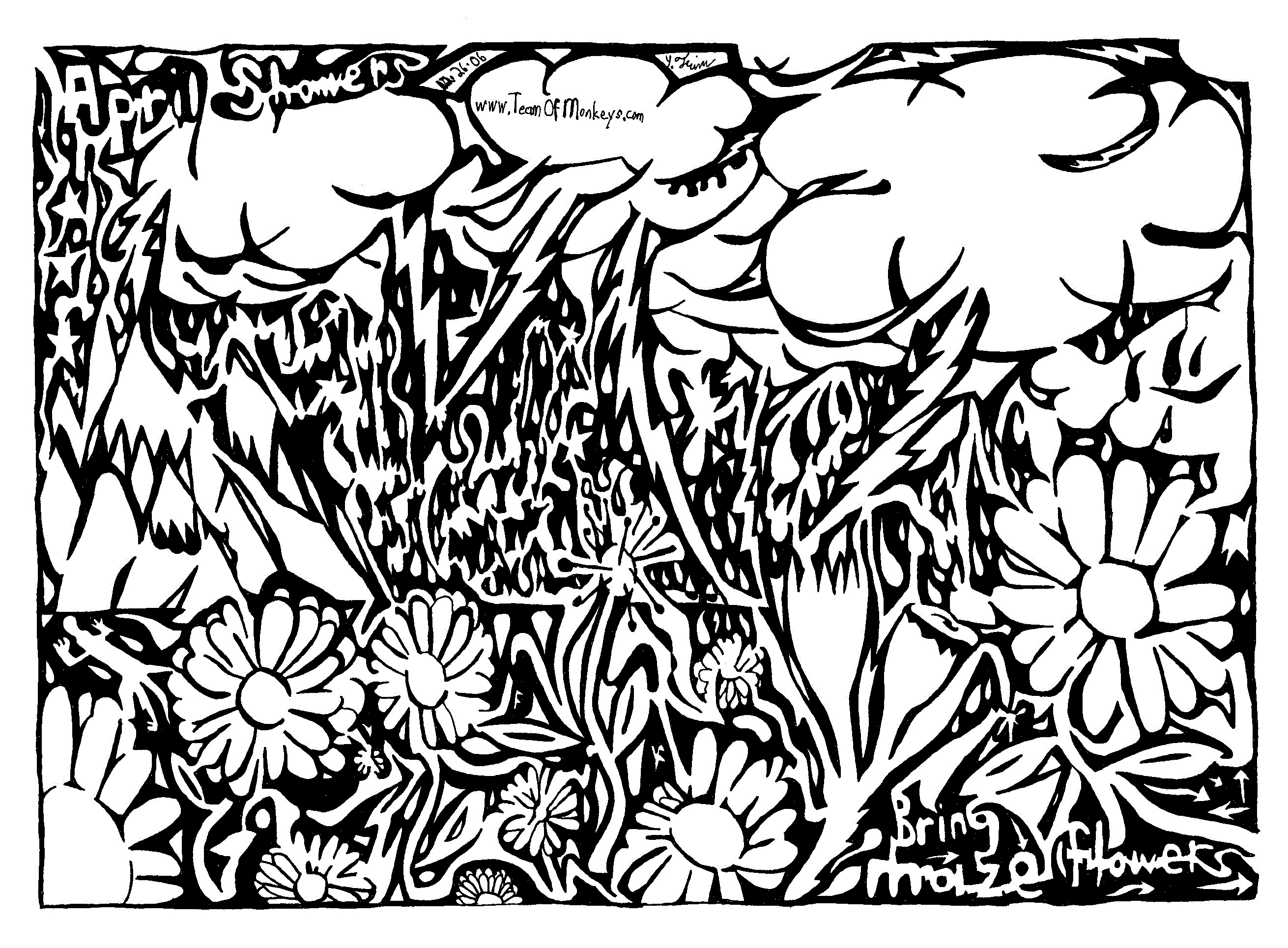

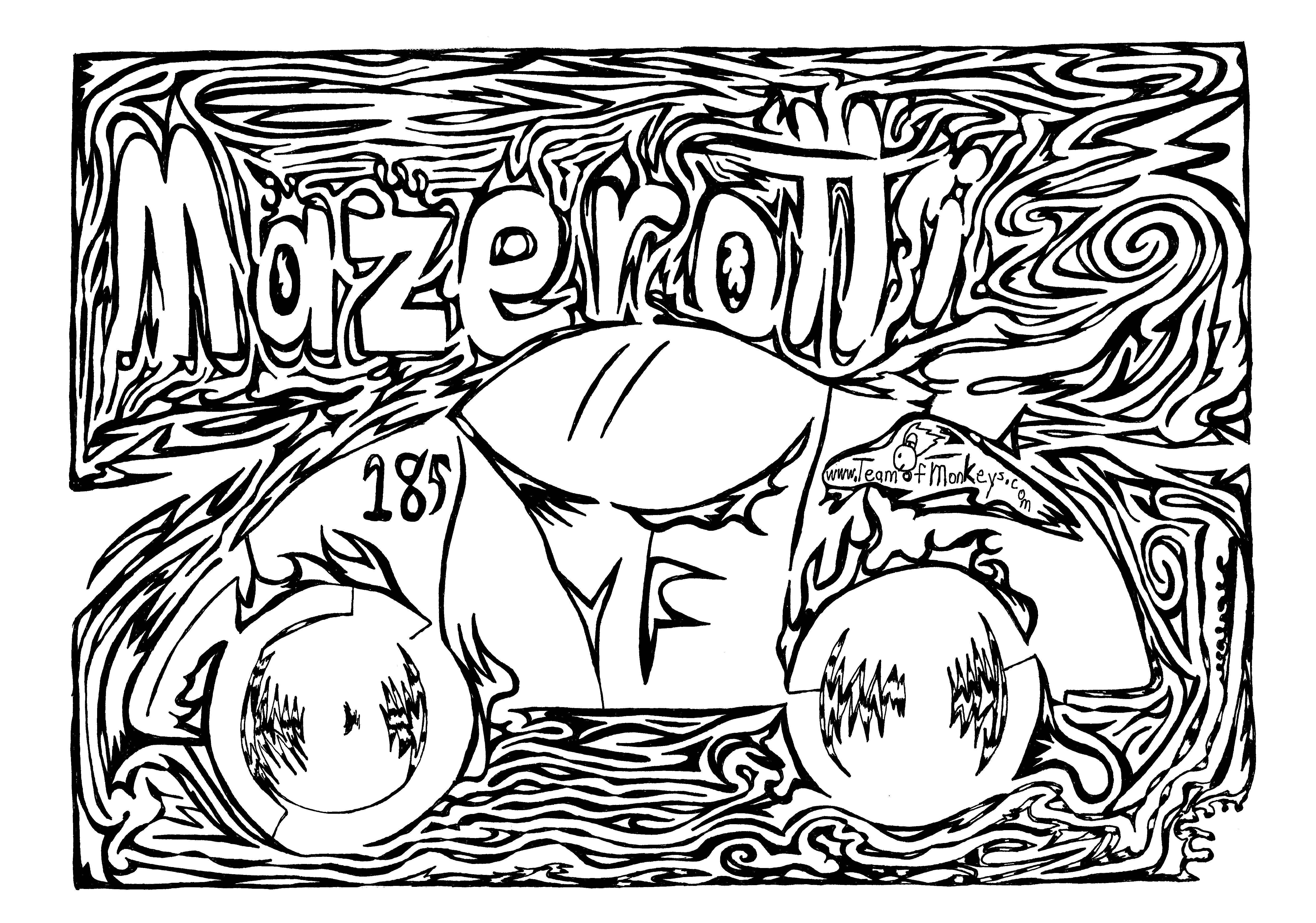
CLICK any maze to view FULL SIZE!
View, print and share our mazes - TeamOfMonkeys.com
Want even more mazes? - CLICK HERE
You may view and print these mazes all you'd like for your own fun.
Schools and teachers may print and reprint mazes freely as rewarding classroom fun.
Printers, publishers, illustration agents, or others with commercial interest in mazes, please contact before running off any copies. See our contact page or click on any of these images for purchasing our mazes as royalty-free clipart for editorial or commerical use. - Thank You.
The Mazeum - Ink On Paper, Winter 2006, by Y. Frimer
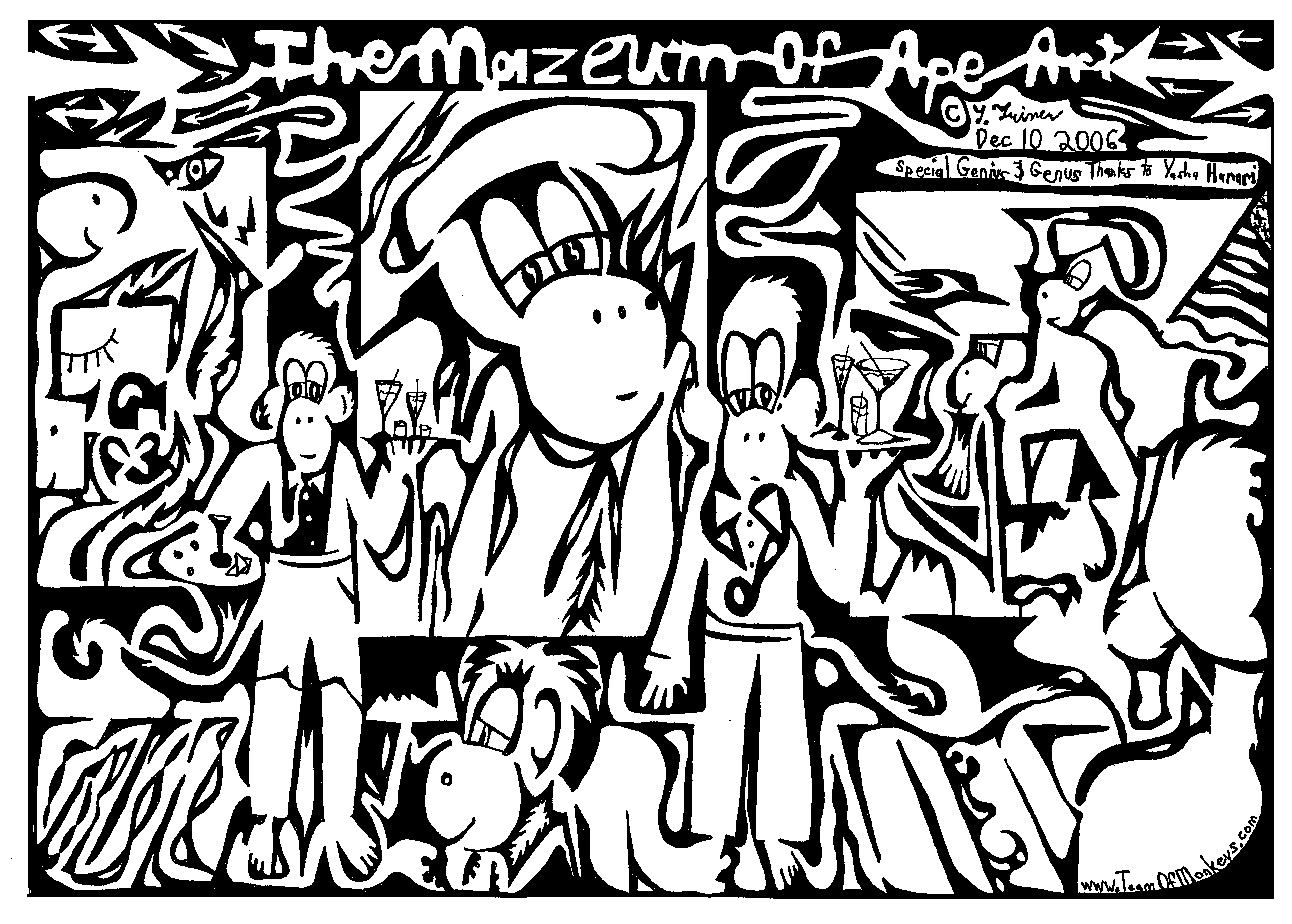













No comments:
Post a Comment